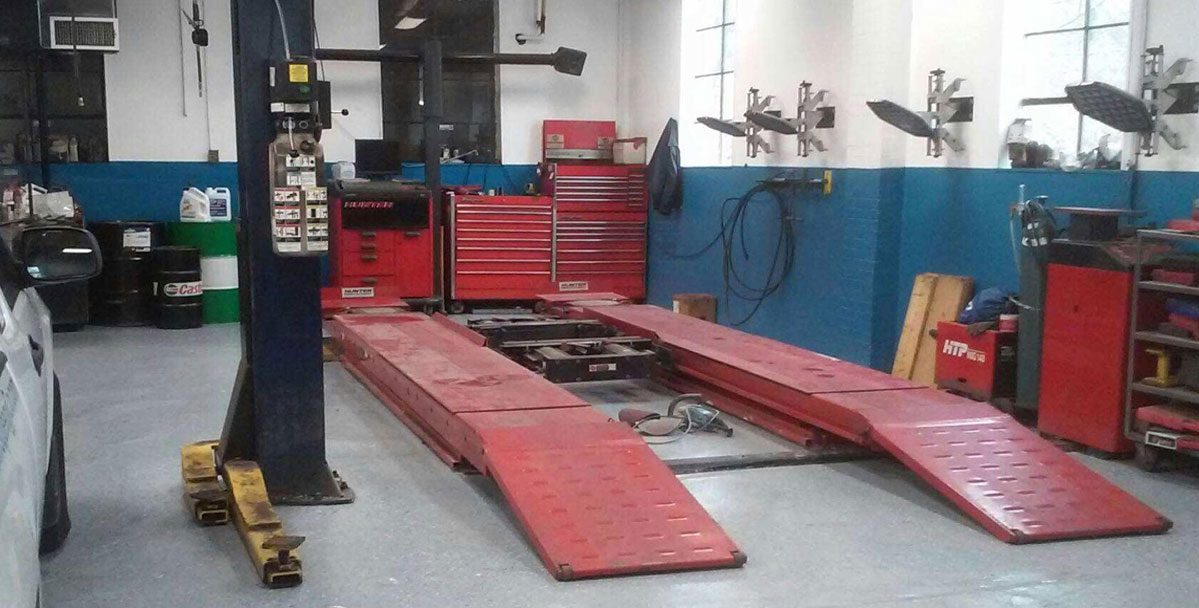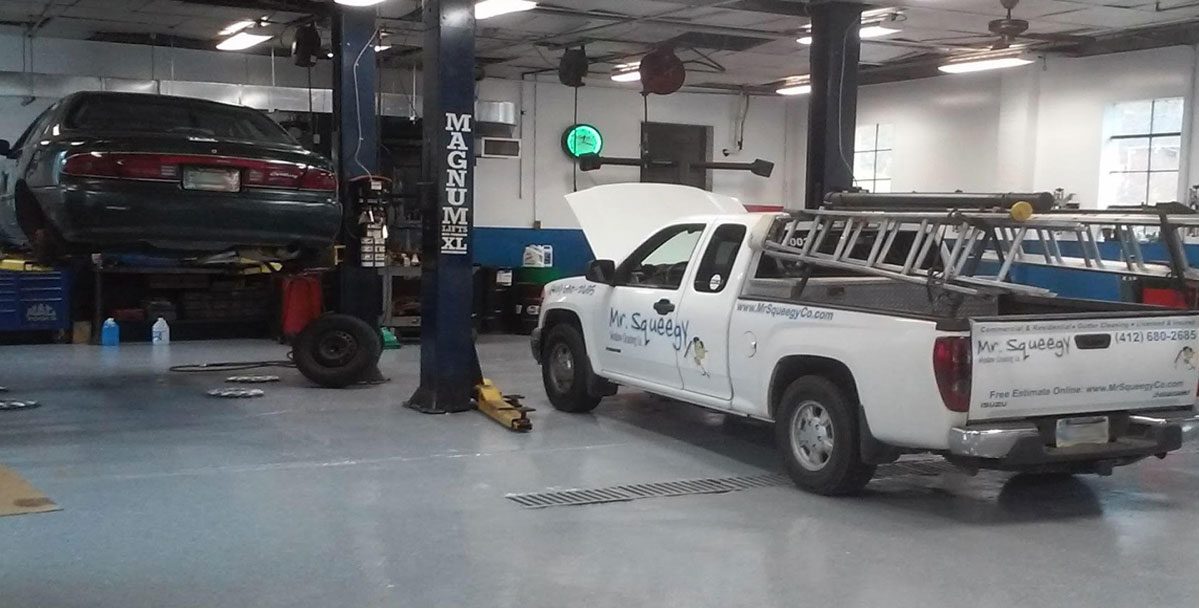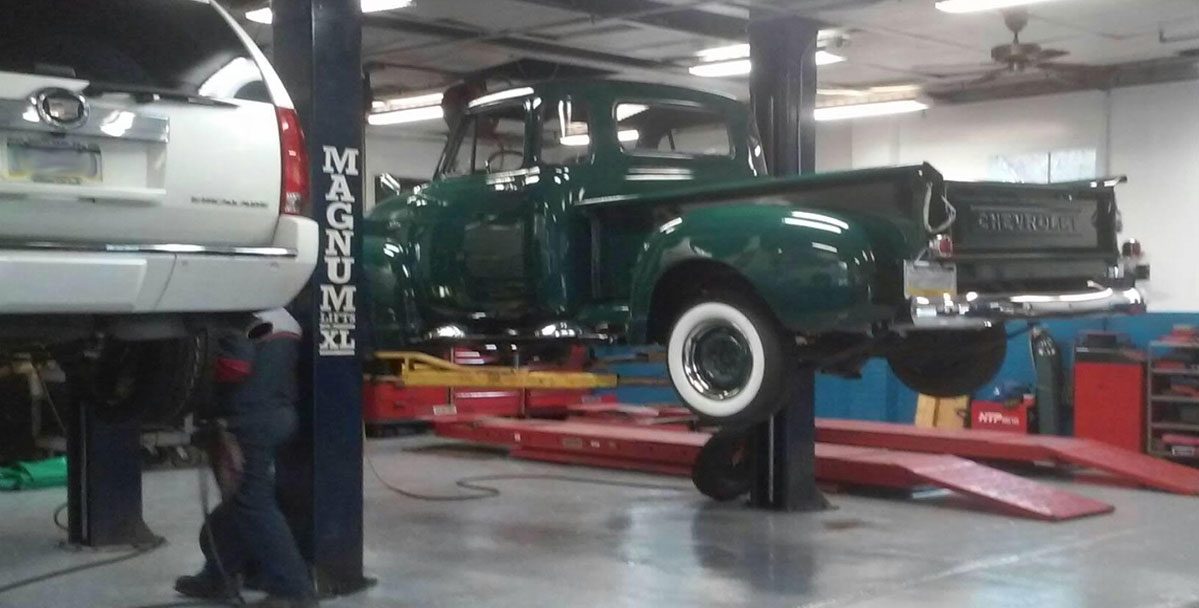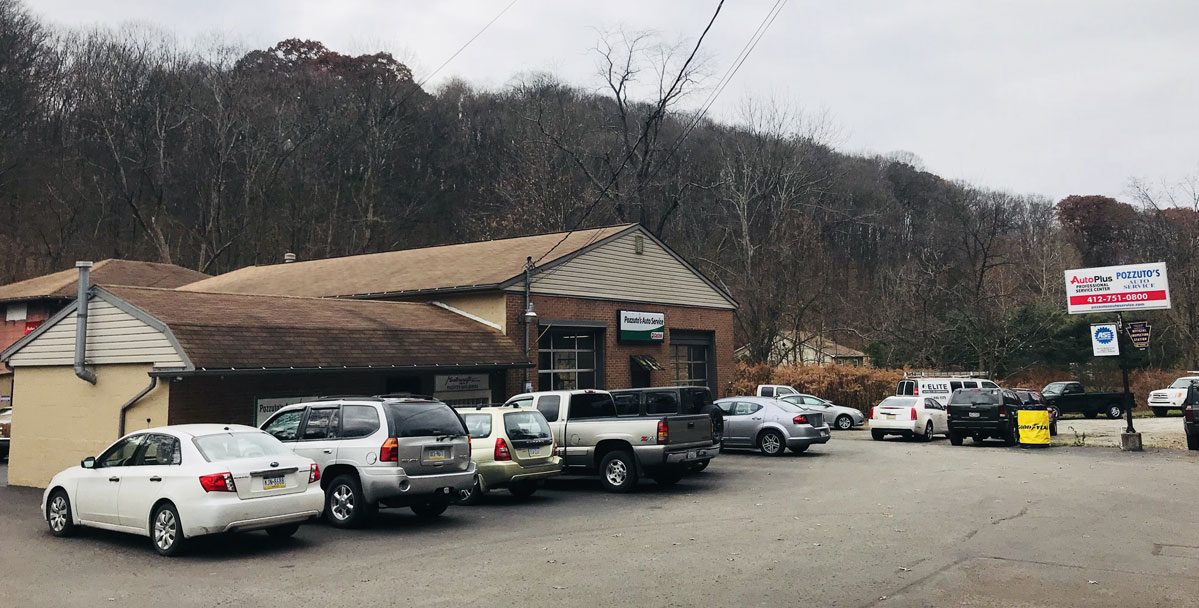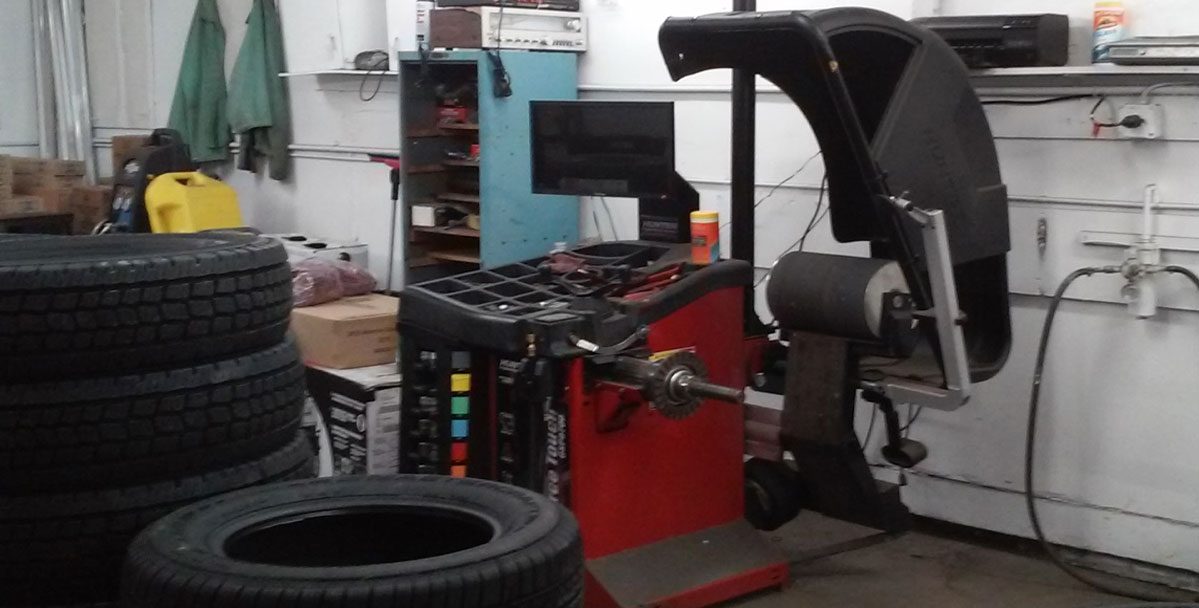Customers Service
Cars have changed quite a lot just in the past couple of decades. From digital dashboards to computerized engine systems, today’s vehicles are meant to last longer and drive better than ever before. But no matter how technologically advanced your vehicle is, there are some things that stay the same, including the signs of when to take it in for service.
Before You Take Your Car to the Shop
It’s important that you know what to look out for so you know exactly when to bring your vehicle to our automotive shop (link to Home) for preventative maintenance or auto repair services in White Oak, PA. Since your car is probably different than the last one you had, it’s important to read the owner’s manual so you know about its components.
To ensure your car or truck continues to operate at peak performance, you should always follow recommended service schedules. This not only ensures your car drives well, but also that it doesn’t have bigger, more expensive problems in the future. Reading your owner’s manual will give you details on the maintenance schedule, as every car is unique in what it needs. If you do get work done on your car, whether its maintenance or repairs, keep a log of it. This keeps you on schedule and allows you to prepare for any upcoming service visits.
Most importantly, you know your car better than anyone else. You know how it feels. While feeling alone cannot attest to what is wrong with a vehicle, it can at least provide as a starting point for diagnosing repairs. Take note of what feels off or unusual, and don’t ignore any warning signs
Use all of your senses to inspect your car frequently. Check for:
You’re the one who drives your car, which means you know it better than anyone else. If something doesn’t feel right, don’t ignore the warning signs. Take your vehicle to us if you notice any of the following:
Unusual sounds, odors, drips, leaks, smoke, warning lights, gauge readings.
Changes in acceleration, engine performance, gas mileage, fluid levels.
Worn tires, belts, hoses.
Problems in handling, braking, steering, vibrations.
Note when the problem occurs.
Is it constant or periodic?
When the vehicle is cold or after the engine has warmed up?
At all speeds? Only under acceleration? During braking? When shifting?
When did the problem first start?
Once you are at our location, communicate your findings.
Be prepared to describe the symptoms.
Carry a written list of the symptoms that you can give us.
Resist the temptation to suggest a specific course of repair. Just as you would with your physician, tell us where it hurts and how long it's been that way, but let the technician diagnose and recommend a remedy.
Stay involved. . . Ask questions.
Ask as many questions as you need. Do not be embarrassed to request lay definitions.
Don't rush the technician to make an on-the-spot diagnosis. You may ask to be called and apprised of the problem, course of action, and costs before work begins.
Before you leave, be sure you understand all shop policies regarding labor rates, guarantees, and acceptable methods of payment. Leave a telephone number where you can be called.


